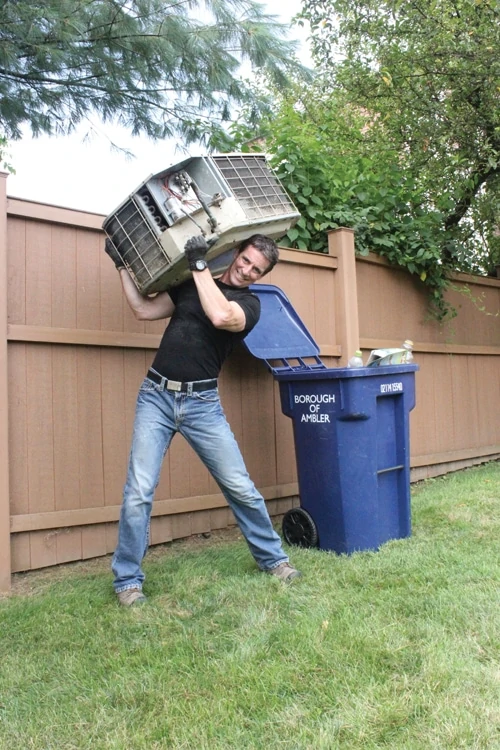When an old air conditioning fails, consumers will be faced with the tough and often expensive decision of whether to repair the existing system or purchase a new one.
Repairs on an existing unit may be the least expensive immediate option, but could cost the consumer more in the long run since older systems tend to break down over and over and consume more energy and drive up cooling bills more than newer systems. However, there are times when simple repairs can prolong the life of an air conditioner, making immediate replacement a less sensible option.
To help consumers make an educated decision, consider the following tips from Bill Cunningham, a home cooling and energy efficiency expert with Lennox – a leading provider of home comfort systems. He suggests homeowners ask the following five questions before making the decision whether to repair or replace:
1. Is the air conditioner on its last leg? Excessive energy consumption and frequent repairs are the trademarks of a worn-out system. If the air conditioner is more than 10 years old, replacing the aging system with a new ENERGY STAR-qualified system can save time, money, and headaches – and keep you cooler and more comfortable in the long run. If the system is less than 10 years old, routine maintenance is almost always the way to go. In fact, an annual check-up can significantly increase the air conditioner’s performance and extend the life of the unit.
2. Are your energy bills going up, up and up? While the cost of electricity is on the rise, an older, less efficient air conditioner may also be the culprit when it comes to high energy bills. By replacing an 8 SEER (seasonal energy efficiency rating) cooling system, which is much less efficient than the current SEER level allowed by law, with a 15 SEER system, homeowners can save approximately 47 percent on energy bills and up to $3,095 over a five-year period. Energy calculators, such as the one available on lennox.com can help consumers compare the savings of different high-efficiency systems and determine whether to repair or replace an older unit.
3. Is the refrigerant used in the air conditioner on the verge of extinction? Most older air conditioning systems use a refrigerant known as Freon (also known as R-22). Because Freon has been found to be ozone-depleting, the Environmental Protection Agency’s Clean Air Act is mandating that new air conditioning systems manufactured after 2010 use an environmentally friendly substitute like the chlorine-free and ozone-responsible R410A refrigerant. With the switch to R410A, the availability of Freon will eventually begin to dwindle and the cost of the outdated refrigerant will likely increase due to limited supplies, so consumers may want to go ahead and replace a system that uses Freon with one that uses the new refrigerant.
4. Did your home feel like a steam room even before the air conditioner stopped working? A poorly operating air conditioner or one that is not properly sized for the home can contribute to excessive humidity. Leaky ductwork can also cause humidity problems. When making the decision to repair or replace, talk with a reputable home cooling contractor about the humidity problem to determine if you need to replace the existing system with one that is the right size for the home or if the issue can be resolved with repairs or duct sealing.
5. Is the air conditioner still protected by a warranty? If the existing system is still under warranty, it may make sense to have the air conditioner repaired depending on the type of coverage the product warranty provides. If there is no warranty left on the existing system, consumers may want to buy anew system that comes with an entirely new warranty for added peace of mind.
For more information about Lennox home comfort products, visit www.Lennox.com or call 1-800-9-LENNOX.



